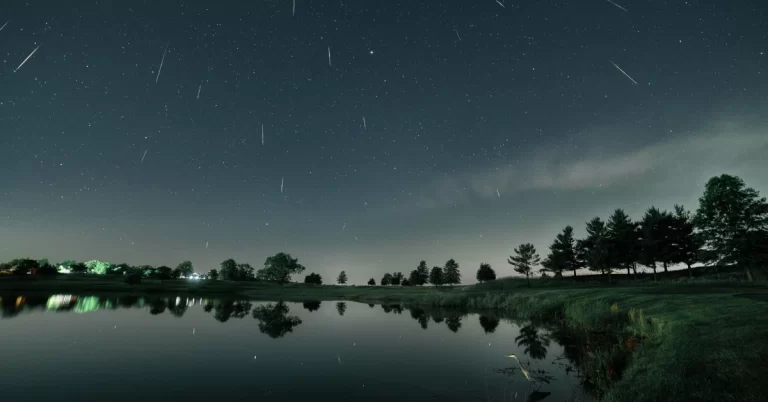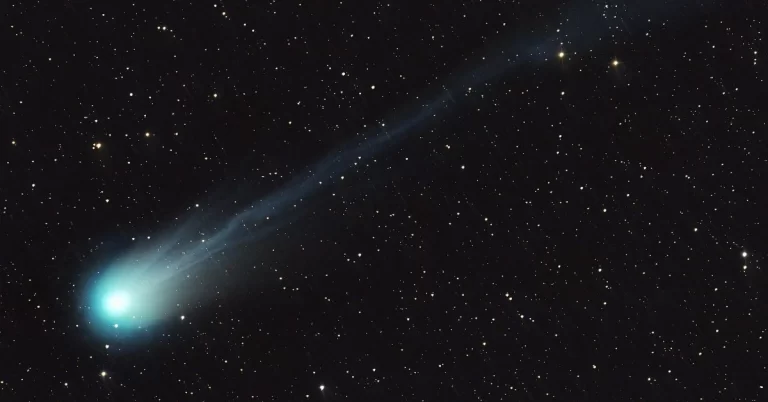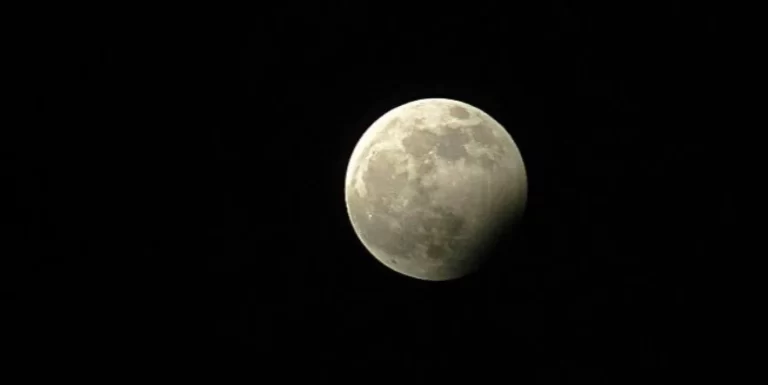Comet Tsuchinshan-ATLAS may become the brightest comet in recent years
Comet 2023 A3 (Tsuchinshan–ATLAS), discovered in January 2023 by the Tsuchinshan Observatory and the ATLAS project, has reemerged from behind the Sun and is rapidly brightening. It is expected to become one of the brightest comets in recent years, with peak visibility between October 7 and 12, 2024, as it approaches Earth and the Sun.










